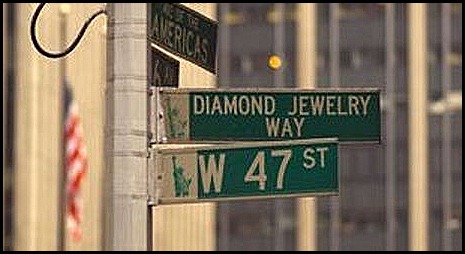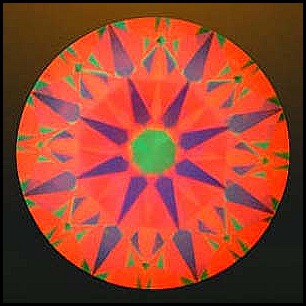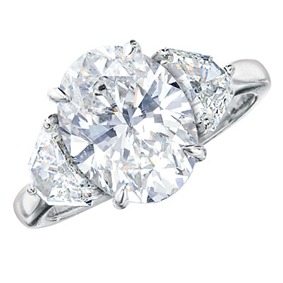By Evert P. Botha, Registered Supplier, Embee Diamonds
Think again.
Truth be told, just about everyone knows someone in the diamond and jewelry trade, but do you have a relationship with a trusted jewelry professional? Someone with the credentials to prove that they know their stuff? Someone that’s not interested in simply selling you what they have available at a bargain price?
So called “bargain” prices on diamonds should always raise several red flags. Let’s look at some of the many factors that impact such “bargain” prices.
Firstly, origin or conscience. Diamonds that make their way into the supply pipeline from questionable sources are very often steeply discounted. These diamonds are imported into diamond producing centers illegally and are mixed with diamonds from legitimate sources. Illegitimate sources are countries suspended by the Kimberly Process, sanctioned or blocked by the U.S. Office of Foreign Asset Control or any other government agencies, and most obviously stolen goods.
Secondly, grading. Diamonds that are misgraded or misrepresented are always steeply discounted. When purchasing a diamond, always insist on a grading report from a trusted, reputable grading laboratory such as AGS Laboratories or the Gemological Institute of America, and when in doubt, ask the opinion of a Certified Gemological Appraiser.
Thirdly, their credentials. When dealing with a diamond or jewelry professional, make sure they have the required credentials. If you have an established relationship with an American Gem Society Retailer you’re in safe hands as they’ve already made a commitment to consumer protection, ethical business practices, and the development of superior gemological skills and knowledge. Don’t be afraid to ask for these credentials.
Fourthly, presentation. So much can be said about the presentation of diamonds which differs from store to store. Your jewelry professional should always have a loupe or microscope available for you to view your diamond. If they don’t have one, then they don’t know diamonds.
Ask your jeweler to look at the diamond under normal and/or daylight conditions. You don’t live in a jewelry store, so you should always ensure that your diamond’s brilliance doesn’t die the minute you walk out of the store. A lot of jewelers have advanced hardware and tools to demonstrate the diamond’s light performance and cutting precision.
Ask your jeweler to demonstrate or show you the diamonds interaction with light using their ASET (Angular Spectrum Evaluation Tool) or if the diamond has an AGS Laboratories grading report, they should be able to explain the diamond’s ASET image as displayed on the report.
Lastly, and I really mean lastly, the C’s. Once you’ve established that your jeweler knows their diamonds, then talk about whichever one of the many C’s are most important to you as this is what determines the value (and future value of your diamond).
Everyone knows someone who knows someone who knows someone else who can get you a deal, but you’re buying a diamond to propose, to celebrate and to remember. It should be something special and you should rely on accredited jewelry professionals to help you.